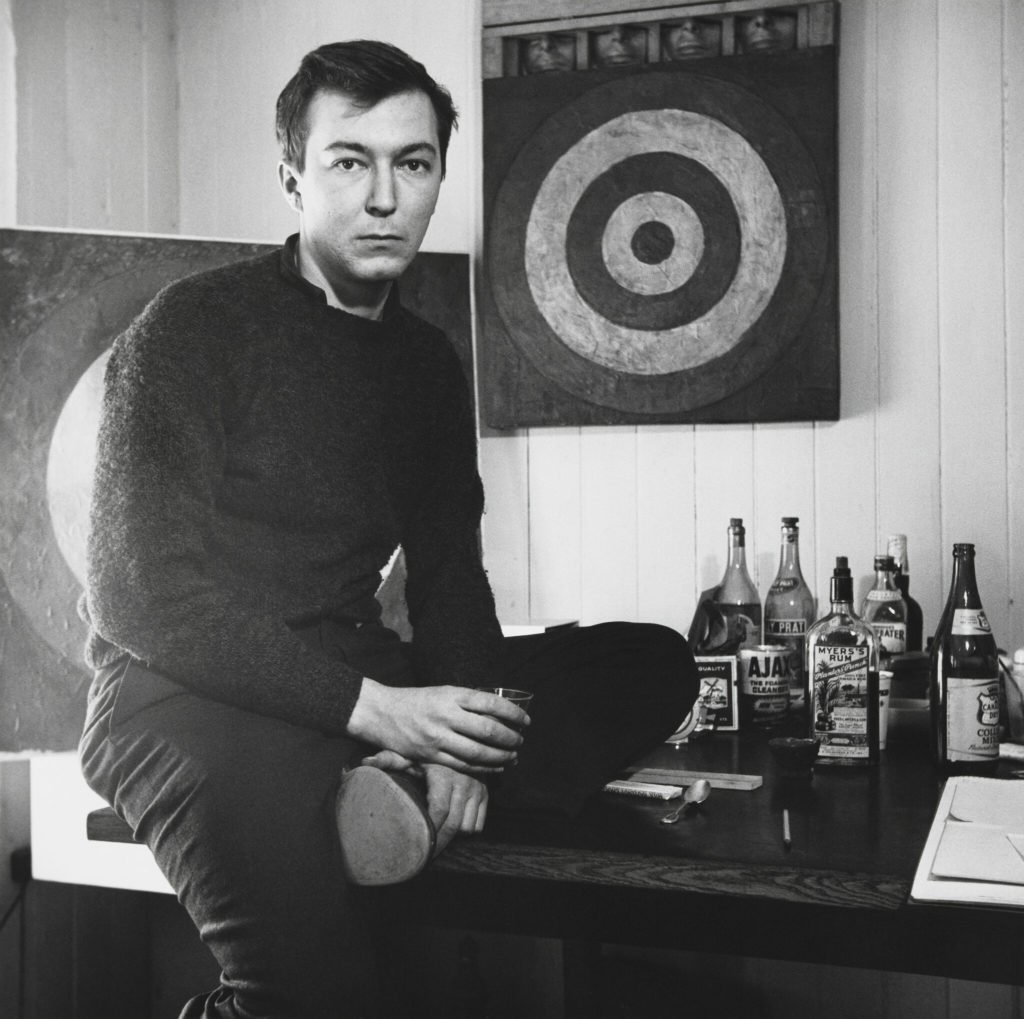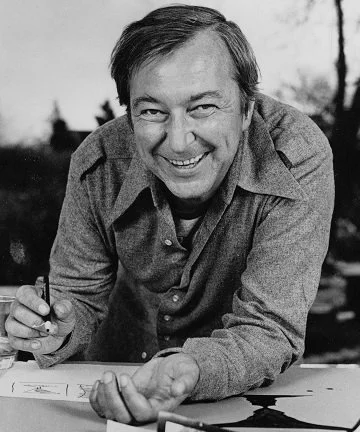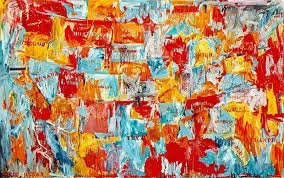
Jasper Johns
Jasper Johns is an iconic American artist who came to define the period between Abstract Expressionism and Pop Art. In Flag (1954–1955)—a collage of paper, encaustic oil, and fabric that is perhaps his most famous work—Johns makes a formal abstraction from the American stars and stripes while also muting its power. “I think that one wants from a painting a sense of life,” the artist mused. “The final suggestion, the final statement, has to be not a deliberate statement but a helpless statement. It has to be what you can't avoid saying.” Born on May 15, 1930 in Augusta, GA, Johns left his course of study at the University of South Carolina after one year and moved to New York. While in New York, he met Robert Rauschenberg, Merce Cunningham, and John Cage. Along with the work of his close friend, Rauschenberg, Johns’s sculptural paintings and readymades signified the resurgence of Marcel Duchamp’s influence upon contemporary art. Their Neo-Dada works, which blended the cultural imagery of signs, maps, and targets, paralleled the advancements made by Pop artists like Andy Wahol. Johns was awarded the Golden Lion at the Venice Biennale in 1988, and the Presidential Medal of Freedom in 2011. He currently lives and works in Sharon, CT. The artist’s works are held in the collections of Art Institute of Chicago, The Museum of Modern Art in New York, the National Gallery of Art in Washington, D.C., and the Tate Gallery in London, among others.
Credit artnet.com





